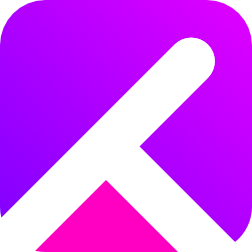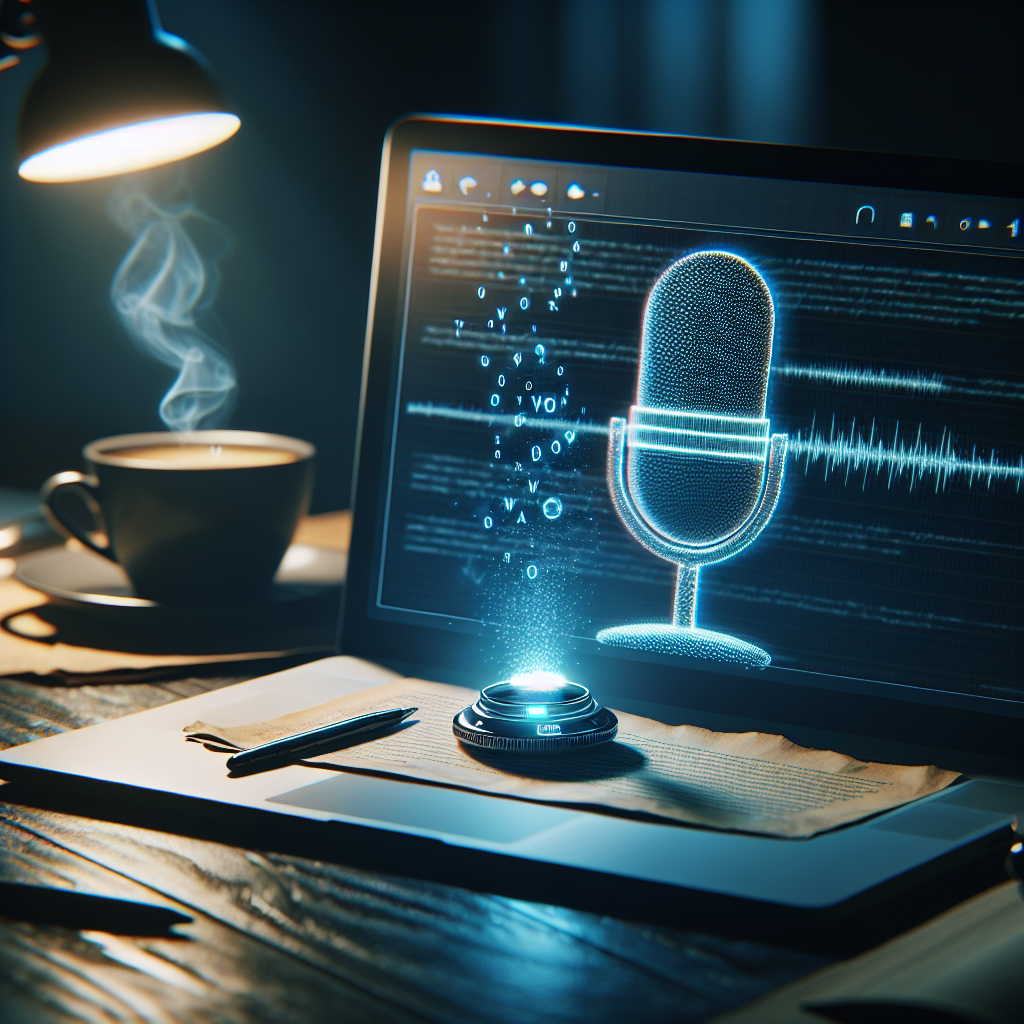Purpose and Functionality
The primary aim of this tool is to make personal data management effortless by transcribing voice notes and pinpointing key points automatically. The voice note summarizer functions as a private tool, focusing more on personal efficiency rather than commercial distribution.
Tool Requirements and Usage
To get started, your voice notes need a home. Suitable storage platforms include Google Drive, SharePoint, and Dropbox. The process begins with your voice recordings being uploaded to a predefined folder on any of these platforms, set to trigger the summarization process. I'm using make.com for building the automation, Google Drive for storage, OpenAI for AI transcription.
Important: .m4a files don't work, .mp3 does.
The Flow
The first node is watching a folder on Google Drive. Once I upload a file, it will then download it (second node) and give it to ChatGPT (whisper module) to transcribe the audio to text. The second OpenAI node (ChatGPT-4o) will summarize it and rewrite the notes the way I want. Once done, it will send an email via the Gmail node.

Guide to Building the Voice Note Summarizer Tool
I won't go into great detail about how to setup the nodes itself, meaning, how to connect a Google Drive node with your make.com account, or how to make the OpenAI node work (it's all explained on make.com).
Once you have those notes up and working, here is how to you set up the automation:
1. Setting Up Storage and Monitoring
Start by selecting Google Drive (or your preferred platform) and create a dedicated folder to house your voice notes. This folder will need monitoring for new files, which can be set up using automation platforms like make.com.


2. Integration with AI Models
Integrate your setup with AI models capable of transcription and identifying key points. I recommend using OpenAI's Whisper for voice-to-text conversion and ChatGPT for extracting key points.


3. Setting Up Email Notifications
Configure the system to automatically send summarized texts to your email once a voice note is processed. This way, essential content is available at your fingertips without constantly checking the storage folders.

Practical Application Examples
- Simple Task: After a quick grocery shopping trip, dictate your list to the summarizer, and have it sorted and emailed for easy access.
- Complex Task: For larger projects like software development, dictate your brainstormed ideas and have them organized and emailed as segmented, actionable points.
Conclusion
This tool, created from scratch, serves as a personal assistant, helping manage and prioritize information from numerous voice notes. I encourage you to try building this tool; not only will it increase your productivity, but it will also expand your technical prowess.

